Contemplations of the Built World: The City as a Reflection of Our Collective Psychology
Today I want to talk about the relationship between the fields of architecture and psychology. I'll go into some ideas on how those two disciplines are related, how they influence each other, and in terms of the topic of psychology I'll talk about them through the ideas of Carl Jung, a prominent and well-known psychoanalyst of the early 1900’s. After that we'll go back and talk about how his ideas kind of relate to the discipline of architecture, Urban Design, and how some of his thoughts on how consciousness and our individual psyches are manifested and reflected in our built environment today.
So, I'll start off by giving a little bit of an overview of Jung's ideas. Jung believed that each individual had what he called a persona and on the other side of that a primitive unconscious, or a more authentic piece of their psyches. So, the persona was the identity that was developed through the anticipation or the direction of what society and the societal norms, cultures, and conventions would tell us that a person should be, the identity that they should take on. For example, what identity should a doctor portray in this professional environment, what identity should an architect portray in their professional environment. All of us need to in order to operate properly in society we do need to have different types of personas. So, persona would be our professional persona our persona at home, our persona dealing with friends. We need these to operate in society, on the other hand, behind that, or on the other side of that, would be again our primitive unconscious. He'll often refer to it in different terms, the authentic self, sometimes the shadow, but the idea is that there's two people, pieces or multiple pieces of our personalities and those should be expressed in different social situations at different times, and he believed that in order to maintain psychological health we need a harmonious balance between those two. So, the goal was not to eradicate one or the other, it was to establish a harmonious balance and also an awareness of the need for both of those to be expressed and express themselves in our existence. The awareness is going to come from the, it's a development and a kind of a peeling back of the onion to develop a more conscious understanding that those two pieces or those multiple different facets of our psychology are present, when they need to be expressed, developing a conscious awareness if one is being suppressed, if one is being expressed kind of unanimously and the other one is not being acknowledged, that's when psychological disjunction or issues begin to occur in the individual.
So, in our Modern Age, he had strong thoughts that the persona could be experiencing a, let's say, an unbalanced expression to where our primitive more authentic selves were becoming suppressed. Jung believed that our ancient ancestors were far more in touch with and were able to express their primitive unconsciousness. As time progressed and we began to develop stories, develop more abstract thought, we begin to slowly suppress and give more priority to our personas rather than allowing that expression of the primitive unconscious to fully express itself. Often times expressing or allowing the primitive unconscious to express itself can be unnerving, it can be a bit uncomfortable because we're going against the grain of this modern, refined, curated version of ourselves that we present to society via our personas. The challenge comes when we fail to allow the expression of our primitive unconscious in our daily lives and we suppress that, we begin to view that side of us as the “other” so it's something foreign from us and the farther we kind of suppress that, neglect that, and don't allow the expression of that, the more that can be detrimental to our psychological health. Through the balancing of the primitive unconscious and the persona into a harmonious relationship we can become what Jung would call “integrated” and this is incredibly important to be able to function in society and also to maintain authenticity to ourselves and to really know ourselves well. Only when we can honor that primitive unconscious side of us can we fully express ourselves in the world and when we have the courage to observe that and then bring those ideas out into the world even if they are unique, even if they are contrary to what the cultural societal norms are, when we have the courage to do that is when we can really flourish.
So, just as Jung described this phenomenon and his ideas through the individual, he also relates it to the collective society. He'll call the ideas of the collective society “the collective unconscious” and he believes that there's many archetypes, symbols, ideas, innate and built into our human condition that occur within us across our species. When reading Jung's work, I immediately began to think of the city and our urban environments. So, I believe that the collective unconscious, or the collective consciousness and these personas that our society, you know, tells us we need to develop, those occur, yes in our society, those current individuals, but I believe there's also a reflection of that same phenomena in the physical form of our built environments, in our city, so in many ways, and there's not direct correlations or there's not a direct, you know, there's not a direct one size fits all, but in many ways we can see that there is a reflection or a correlation between those: the psyches of the individual and the collective psychology of our society and what our cities look like. So just as Jung described at that at that time that he was fearful that the individuals and our societies were becoming a bit more skewed towards the expression of our personas and the, let's say, the suppression of our primitive unconscious or our authentic selves, I think that's present in the city as well at that time. You begin to see a lot of modernist developments and you begin to see a lot of physical forms in the city reflecting what I would call the persona or society's persona. So you'll see many buildings going up that really have very little connection to the instinctive human nature or human basic fundamental needs. We can see this through the large skyscrapers that hold and represent large corporations, financial institutions, the buildings are impersonal, they're inhumane, they're very skewed towards these different stories and structures that humans have made up, which I believe is synonymous with the idea of Jung's persona. Now what I would what I would urge is that we look at how Jung proposed to address this issue, to rebalance the individual and society so that there's more of a harmonious balance between the expression of the persona and the primitive unconscious. He believed that through introspection, inner work, psychotherapy, that we would be able to identify and become more conscious of these pieces of our psyche. So, if we all go through these processes of introspection, the better we know ourselves, the better we can acknowledge our, kind of, the different sides of us, the better we understand the inner workings of our mind, the more conscious of those we can get, and it's an endless, I believe, an endless process that's always in constant development. Now through that same process I think that we can begin to improve the quality of our cities so that we're expressing a harmonious balance of these different pieces of us in our physical environments. That means we can create environments that are more natural for us, their balance between the idea of our collective personas that we need to express in order to maintain society but then they also recognize and cater and facilitate more of our primitive unconscious needs as a human species.
So how can we begin to rebalance our environments to facilitate the individual balancing of our psyches and our society's collective consciousness? I believe that the simplest way to do this, and I think there are many ways in which we're trying to explore this possibility both consciously and unconsciously, but I think one of the simplest ways to do this is the reintegration of nature into our urban environments. Now there are many precedents for this in history and over time I think we slowly, we see a growing awareness of this need to counterbalance our urban and industrial cities with public parks, areas with more vegetation, that sort of thing.
One of the most clear examples that I have observed over time can be seen in New York City, so one of the, you know, biggest cities in the world. We see if we start out earlier in history with the installation of public parks such as Central Park, I believe that this was a moment in time where society was going through many shifts. We were towards the end of the of the Civil War heading into The Industrial Revolution and the people of the city intuitively recognized this need for a public park and the reintegration of nature into the city. Yes, there were other reasons: financial self-interest, many other reasons why the park came to fruition. But I think collectively there was a push that people saw the quality of their environment becoming imbalanced with too much city, sanitation issues, light issues, fresh air issues, were beginning to settle into the city, all of which suggest this imbalance between Jung's ideas of the primitive unconscious and our persona. So, we were really pushing on that side of the persona, the development of different businesses, the industrialization of our cities, those are all things, I think, are reflections of this idea of Jung’s persona. But through the installation of Central Park, we really see a large urban implementation of a natural environment offering back to the city and the people of the city a connection to the more primitive fundamental human needs in the form of nature. So not just in the concept of the park was this expressed but also in the design of the park. So, at the time there were many ideas floating around from Emerson and Henry David Thoreau about naturalistic design or return to nature. So, Olmsted and Vaux, the designers of the park, they really took on this idea of naturalistic design. So, you'll notice that Central Park was not designed in this manner where you had rigid lines, symmetry, reflecting many, or common, in many of the kind of Victorian Era gardens. It was not that, it was a much more naturalistic approach to mimic natural conditions that you would find out in the forest. They believed that this would help people really reconnect with nature and feel like they were separate from the city when they were inside of the park. That also explains the scale of the park. The park is quite big and so the idea was that they wanted you to feel that when you were inside of this park you were completely separate, you were inside of the forest, and you could escape the kind of psychological pressure, professional pressure, the, let's say, health conditions of the of the city. So, when we're reflecting on Central Park I really do feel like that was a shift towards a rebalancing, getting us back to more of our primitive unconscious needs and a reconnection with nature.
As we progress in the history of New York we can see other installations. I'll go through a few, but one of my favorites is The High Line. So, The High Line I call that a, an it's an urban renewal project, an urban landscape renewal project in which they took an old railway, it was a railway that initially allowed for the transportation of primarily meat and goods to be transported up and down the East side of the of the island, so along the Hudson. What they did is they took that railway which had been dilapidated and it had been abandoned for several decades, they took that railway and turned it into an urban walkway, so a landscape, kind of garden in the sky walkway. The High Line is elevated about three stories off of street level, so as you're walking down The High Line you are up off the street, which is really important, you're not confronted with the automobile traffic on street level, you're not having to deal with the speed of the cars, you're not stopping at intersections, you're up off the street, you're elevated. On the sides of The High Line, you're walking through this beautiful, kind of naturalistic meadow, this garden, and you're able to look down upon the city. You see the city from a different angle and again you're, in many ways, escaped. You've escaped from the city, yes you can still see it, but you're on some sort of, it's an urban promenade in a way. You're on display to the buildings around you so you're not completely isolated from the city, but you are in a very different environment. I think this provided a large degree of respite for people in the city. It allows commuters to have a pedestrian, continuous, pedestrian pathway from the North side to the South side of the city. I know they're expanding it as well, but I think this is a really great example of another moment in the history of New York where people sense that there's opportunities, or people sense that the installation of a more kind of primitive environment, a more landscaped, naturalistic environment, would benefit and help rebalance the city.
So other examples of this, and I've seen this over time you know, from visiting the city as a young kid to you know revisiting it in its present day, I have witnessed this transformation, which has been an interesting process to see. But many of the docks along the Hudson, I believe it's the Hudson Park area and also down in Brooklyn, along Brooklyn Heights promenade. So, many of those areas they've taken these old docks, and they have, which were out of use, and they were, yeah not used for shipping anymore, they've taken these and turned them into public parks, public pedestrian pathways, gardens, sports fields. The reaming pieces of the urban environment that was not used, in a similar fashion to what The High Line did, and they're reclaiming them into these more naturalistic environments. So, if you walk up and down the Hudson on the East side of the city, you're really getting a very, very, very different environment compared to being in the grid of the city. If you're in that area, I just think it's, there's a completely new life that's breathed into the city in that way I think, which is promoting health, which is promoting fitness, which is promoting, again, a reconnection with our more primitive needs as a human.
So, all of this, what I'm saying is this is all showing, in my mind, a positive kind of movement towards, an acknowledgement towards this idea that we need to kind of acknowledge and become more conscious of our primitive nature and reconnect with ourselves. So, this phenomena of urban renewal or landscape urban renewal is occurring not just in New York but in many areas all over the city. It's been referred to actually as “The High Line phenomena.” So, after the people saw the success of The High Line, many other cities have tried to replicate this. I don't think this is a formulaic thing that needs to be replicated but I do think that the concept, The High Line concept, is important for people to understand and become aware of the success that this has had and try to do this in their own unique ways in the city. I think that the success of The High Line was that it was able to use a piece of the city that was so deeply embedded into its culture and history and create an urban or landscape renewal project from that. So, when many of these cities attempt to kind of replicate that concept by just simply building a park or a pedestrian landscape pathway in the sky, I think that's not the right approach. I think we need to look more closely at the history and the culture of each individual location to make the urban renewal, landscape renewal projects much more specific and contextual to that specific city in which they're being located in; I think that's a much more sensitive approach, it's a more lasting approach, and it's one that will be, I think, more easily accepted and more palatable by the local community, if it reflects upon the history, the identity, and the culture of that area. I think that that is going to be a much more long-term or have much more long-term success.
In regards to the urban renewal projects, how do we practically implement these into our cities there are certainly challenges that need to be overcome primarily on the end of financing and approval through the different agencies, so through government subsidies, through individual donations, whatever those mechanisms or tools may be, I do think it is important for us to figure out how to make these things happen. Although they may require, and will require, upfront large investments from different parties, often long approval processes to make happen, the backend effects on the culture of the city, the health of the occupants able to use these different installations will benefit greatly. I also think it will help elevate the quality of the real estate market in that local area, all of which will in turn kind of paradoxically, most likely improve the resale value and valuation of properties around these urban installations. So they require upfront capital to make happen, they require a lot of challenges to be overcome, however, in the long run, I think that many people, these installations will draw large crowds of people, they will draw a kind of re-enlivening of the city in that specific area, all of which will only, or have mostly positive impacts on the surrounding area if done appropriately and work through, with the local communities so that, you know, there's an acceptance and a, call it a just or reasonable method of installation into the local areas.
So, in summary, I believe that there is a direct correlation and in many ways, a reflection between the collective psychology of a society and the form of the built environment in which they live, and that psychology, or the collective psychology, is directly manifested into the city. So through introspection amongst ourselves, the individuals, we can begin to really start to develop that harmonious relationship between the persona which is needed in society, and through that process, if each individual kind of can pursue that and slowly peel back the layers, elevating their level of consciousness over time, and awareness, we can begin to reflect those more authentic, more truthful, identities and ideas and values in our cities. I think our cities are suffering from a bit of an imbalance towards the what Jung would call the persona. However, I do see certain cities like New York, as mentioned, as becoming more and more conscious to rebalance that.
So through a careful examination of the city and its development we can begin to inform ourselves of where imbalances have occurred in our society, where we have become maybe overly obsessive or given priority to certain stories, or customs, ideas that, and societal conventions, that we've told ourselves are and we can make an analysis on “are those working for us?” We can see “is the health of the city and the health of the people in the city, have those over time benefited from this type of environment or has it, has that city, or has that environment detracted from the quality of life, the health, social relationships of that population?” I think it can be there are components of many cities that can be argued either way but, in general, I think we do. We have seen that many of the highly industrialized, modern environments, or modern cities that we've created have had a negative impact on the health of our populations in many ways. So, through the city we can really study what effect it's had on us and then, in turn, course correct for the future. So I look at it almost as a pendulum swinging, we’re creating an environment, we’re reflecting on it, looking at how the imbalance or and how imbalances have occurred, or course correcting, swinging back the other way, course correcting, course correcting, course correcting. I think we'll never get to an ideal, but I think the concept would be to continue to refine the ideas, and the psychology upon, and the values upon, which to construct our city so that we're getting to an environment that is much more conducive to our human, actual human nature and conditions. It facilitates our thriving as humans and I think that's a never-ending study that needs to continue to be performed over time.
In summary, through introspection, each of us can become more integrated in a way that Jung would describe it where we can balance our personas and our primitive unconsciousness. What that would do is to help us become more authentic to ourselves and express those values, ideas, beliefs, and art, whatever it may be, into society in a more truthful and authentic way to ourselves. We're all designers of our environments in some ways, from people moving a chair in their small apartment or developers building large skyscrapers in Manhattan, we all add to construct, modify, design our environments. The concept would be to really make those environments jive and connect and relate much more to a balanced reflection of our integrated self rather than an unbalanced psyche skewed more towards the expression of the persona or the primitive unconscious. Once we begin to express that imbalance in our cities is where we have historically gotten into trouble or had challenges. So through a careful study of history, we can reveal that, and I think, as we move along in time we can begin to take that information and use that, use those historical references as data to help us design our future cities. When we become more aware of this deep connection between our individual psychologies and our built environment, we can use that information to help us build cities of the future and create more, create better environments for ourselves and our communities which allow our species and our societies to flourish.





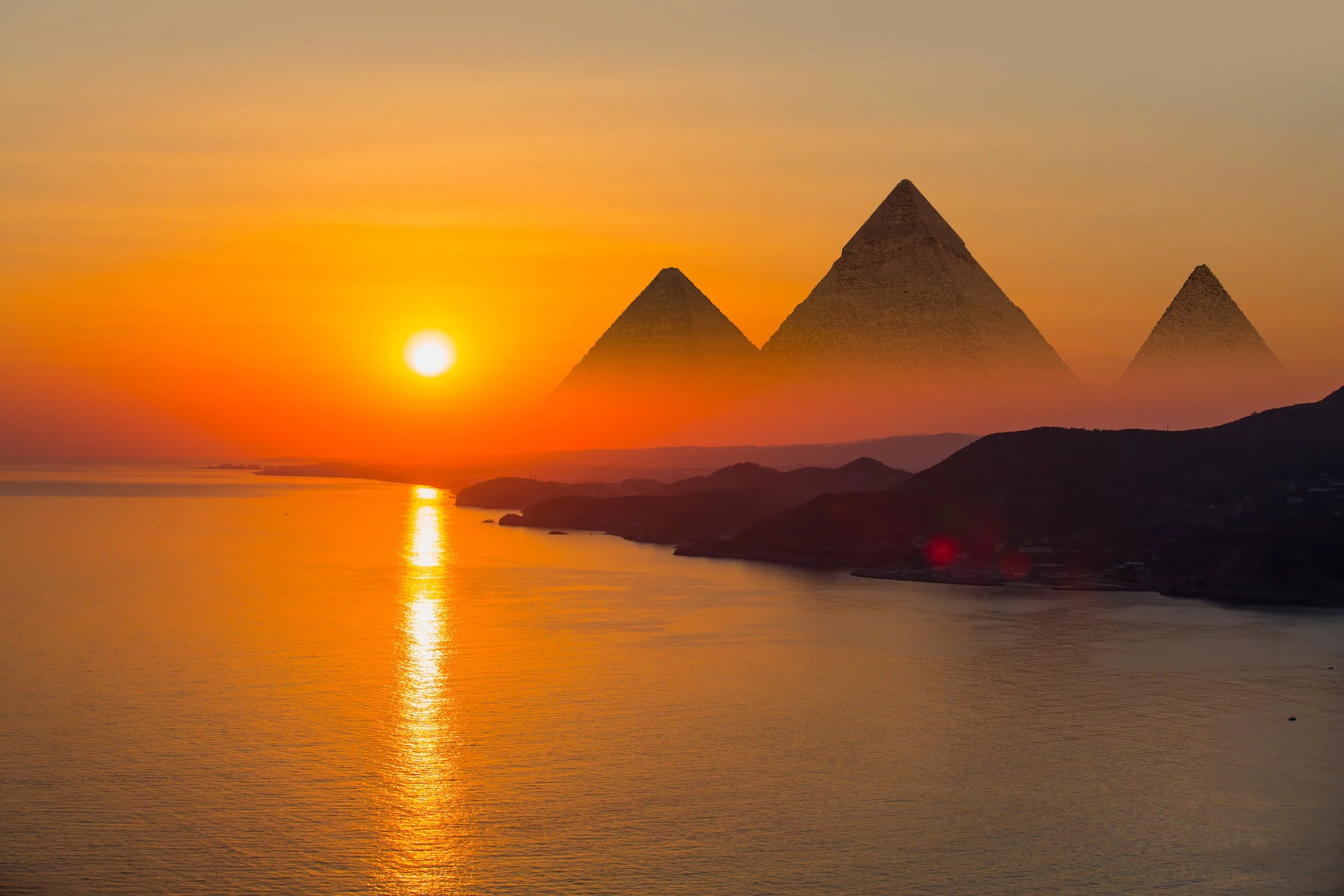

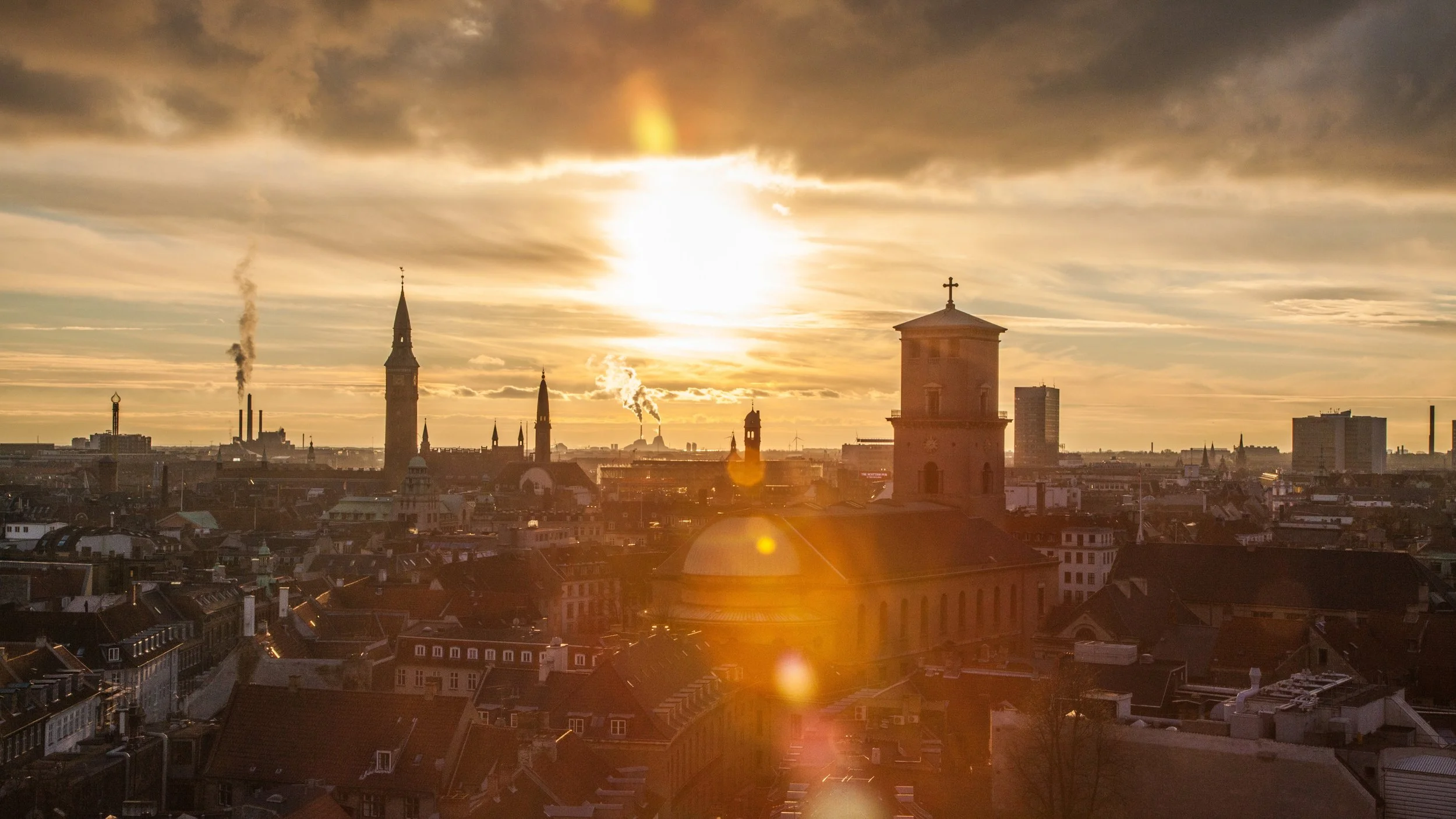




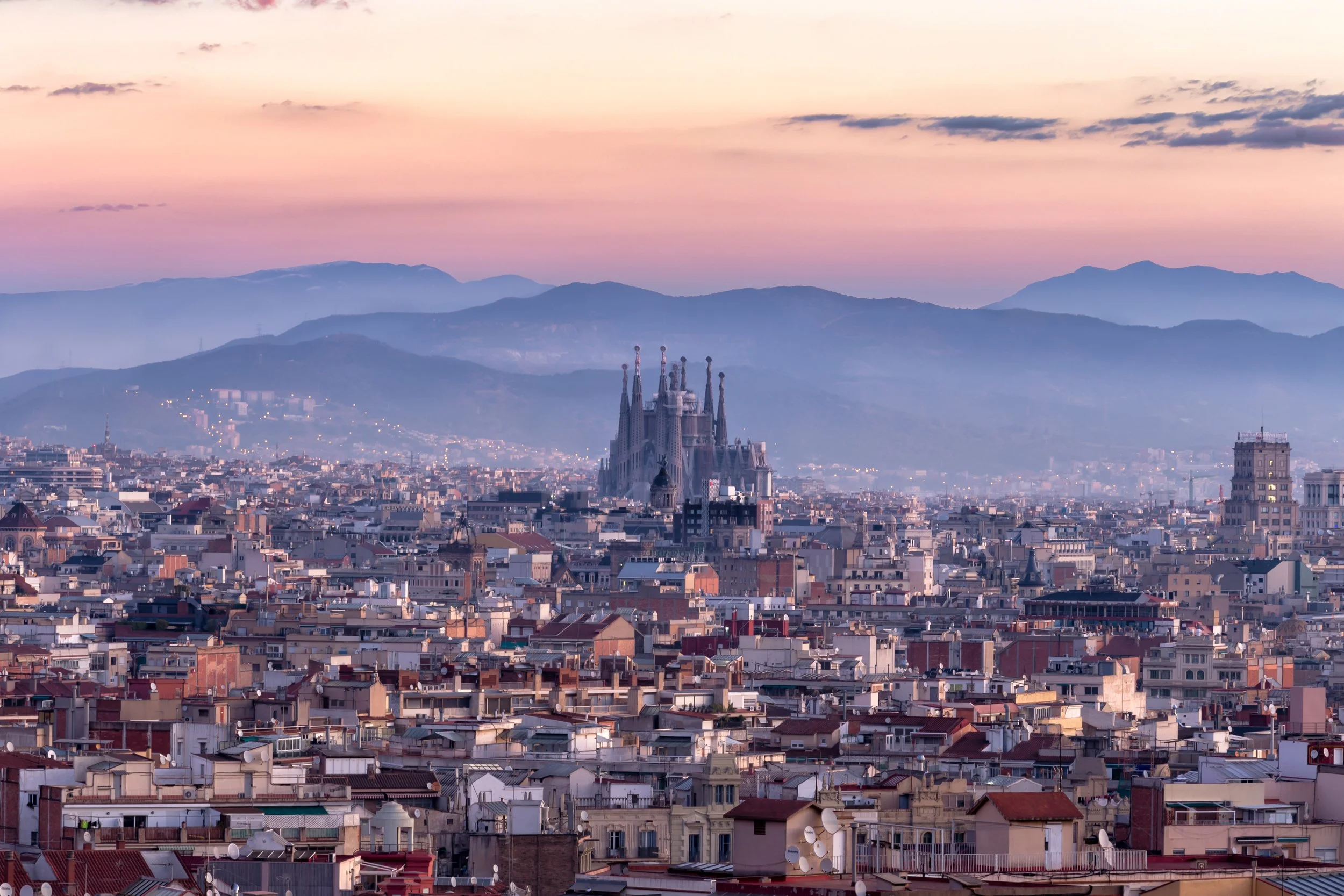
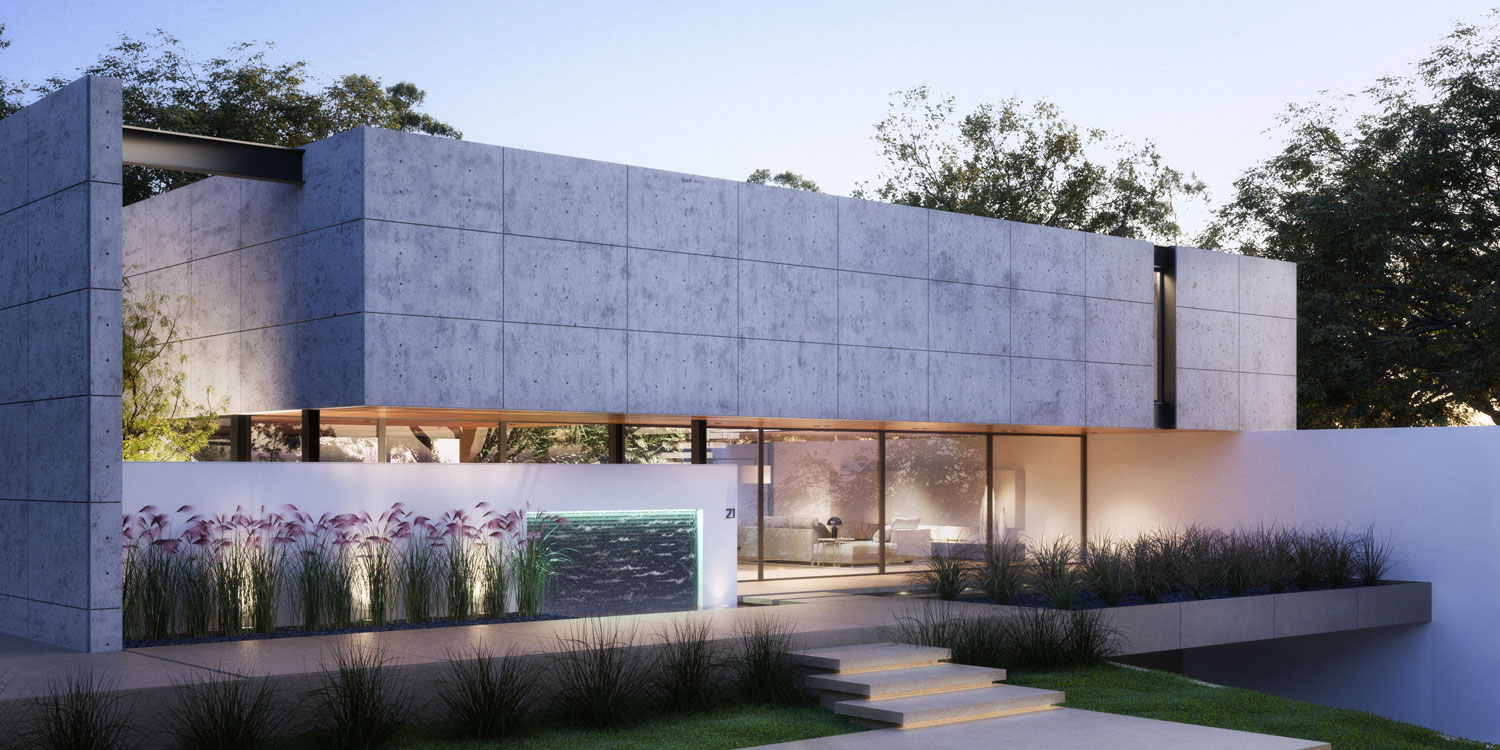

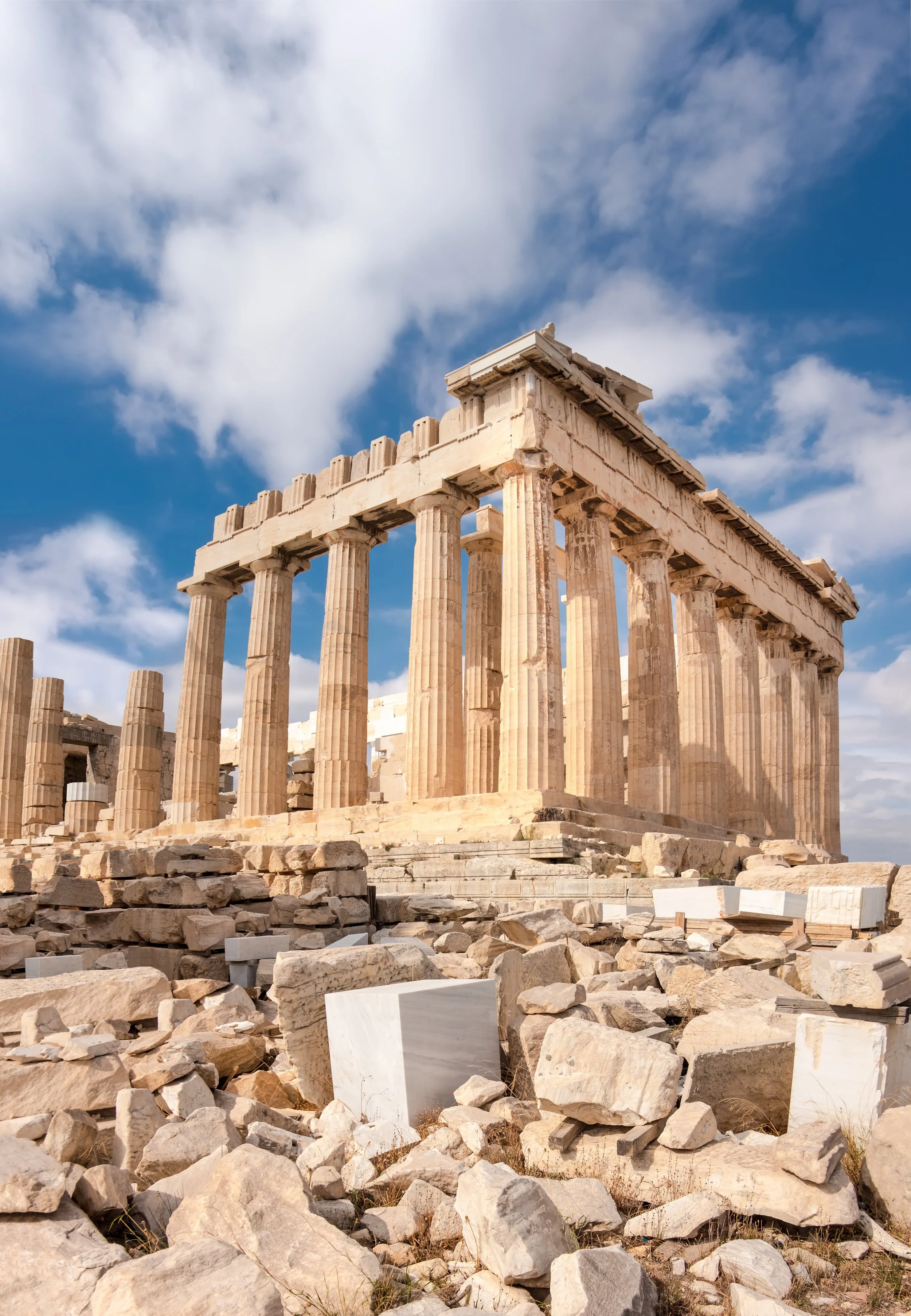





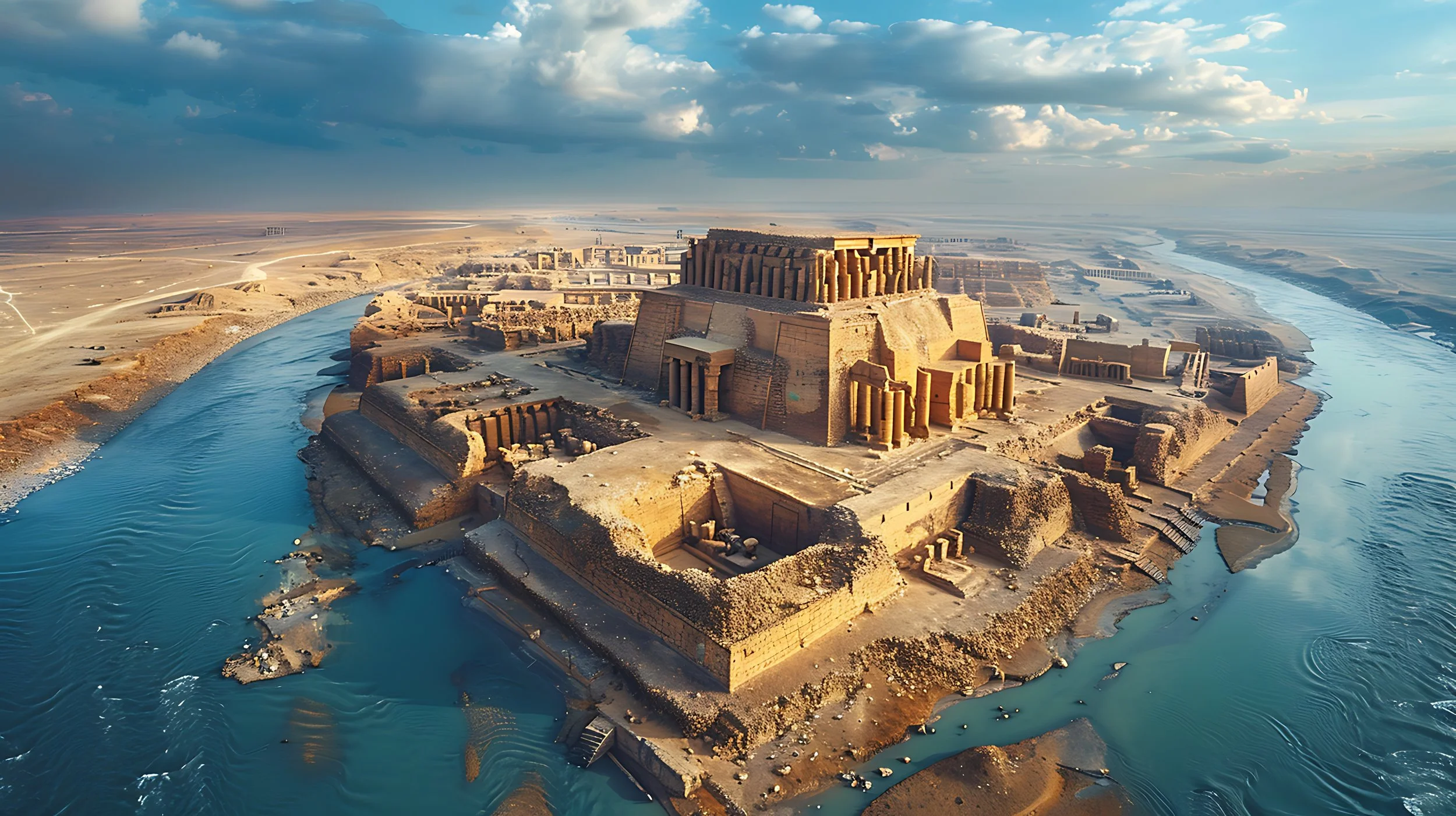








Notre Dame Cathedral had the power to embed itself into more than just the cityscape. It made its way into the hearts of the people of Paris. When the Cathedral was engulfed in flames on April 15th, 2019, we were reminded that the architecture around us impacts our lives beyond functionality. Principal and Architect of ROST Architects, Mitchell Rocheleau, discusses the history, architecture, and the architectural power of Notre Dame Cathedral.